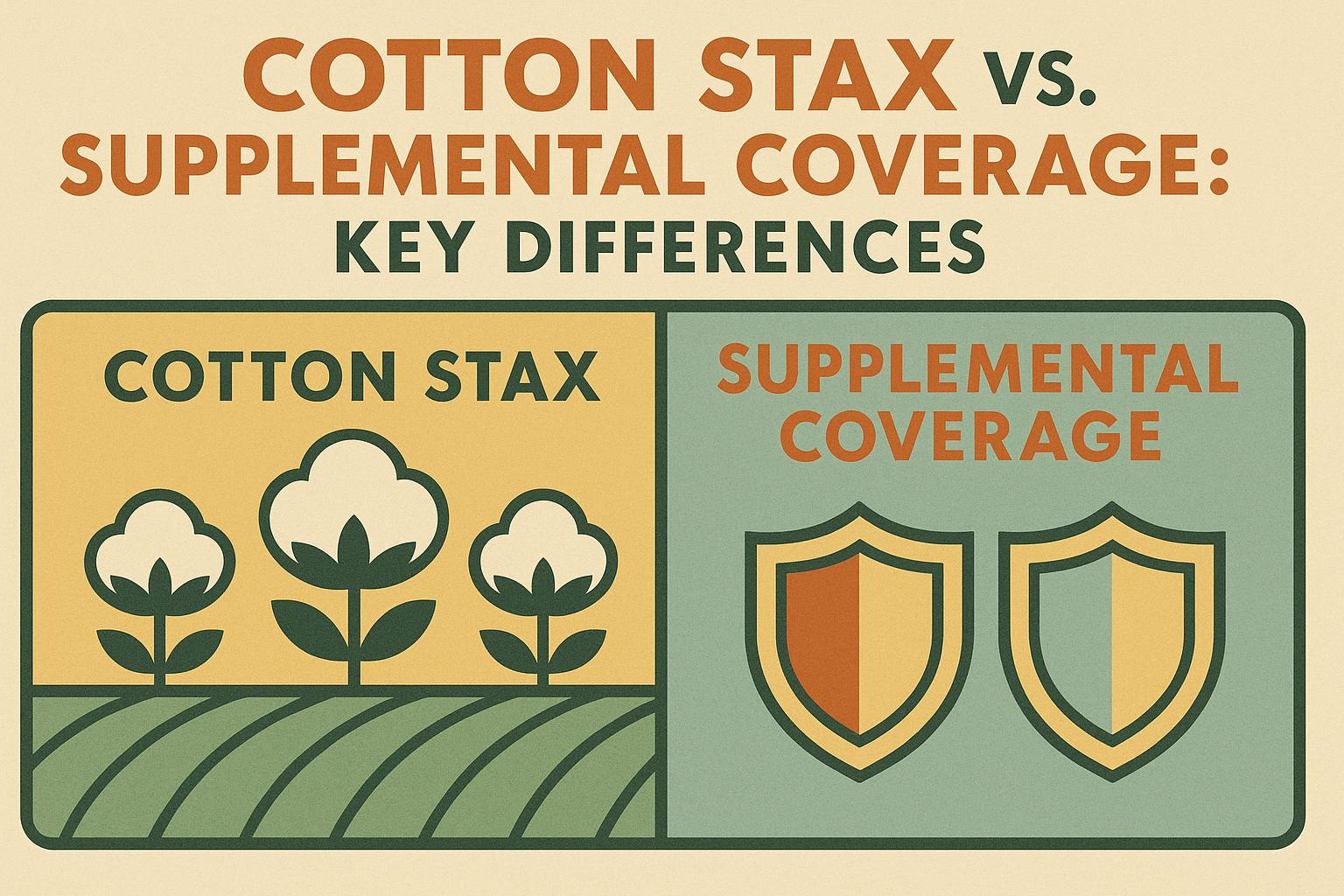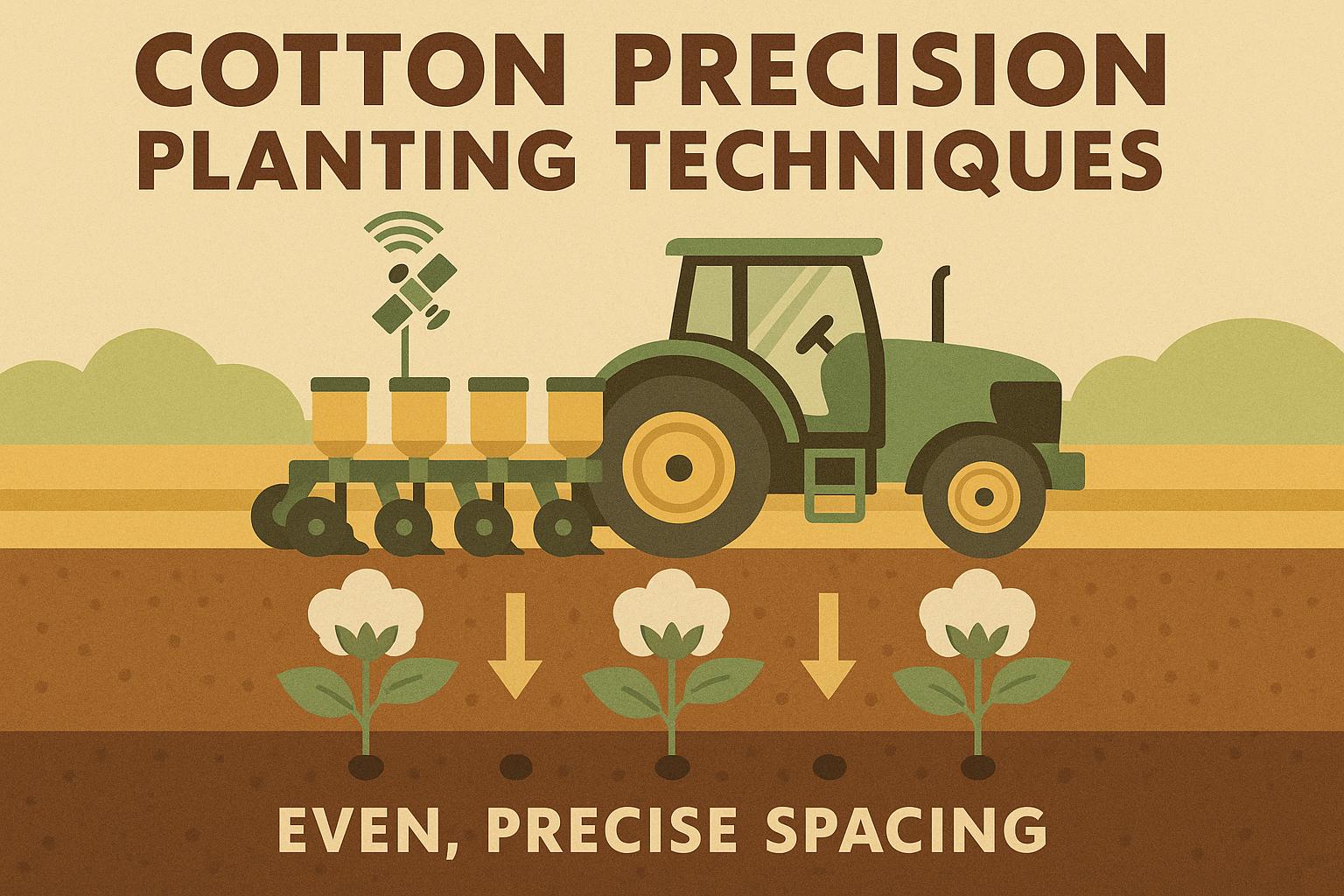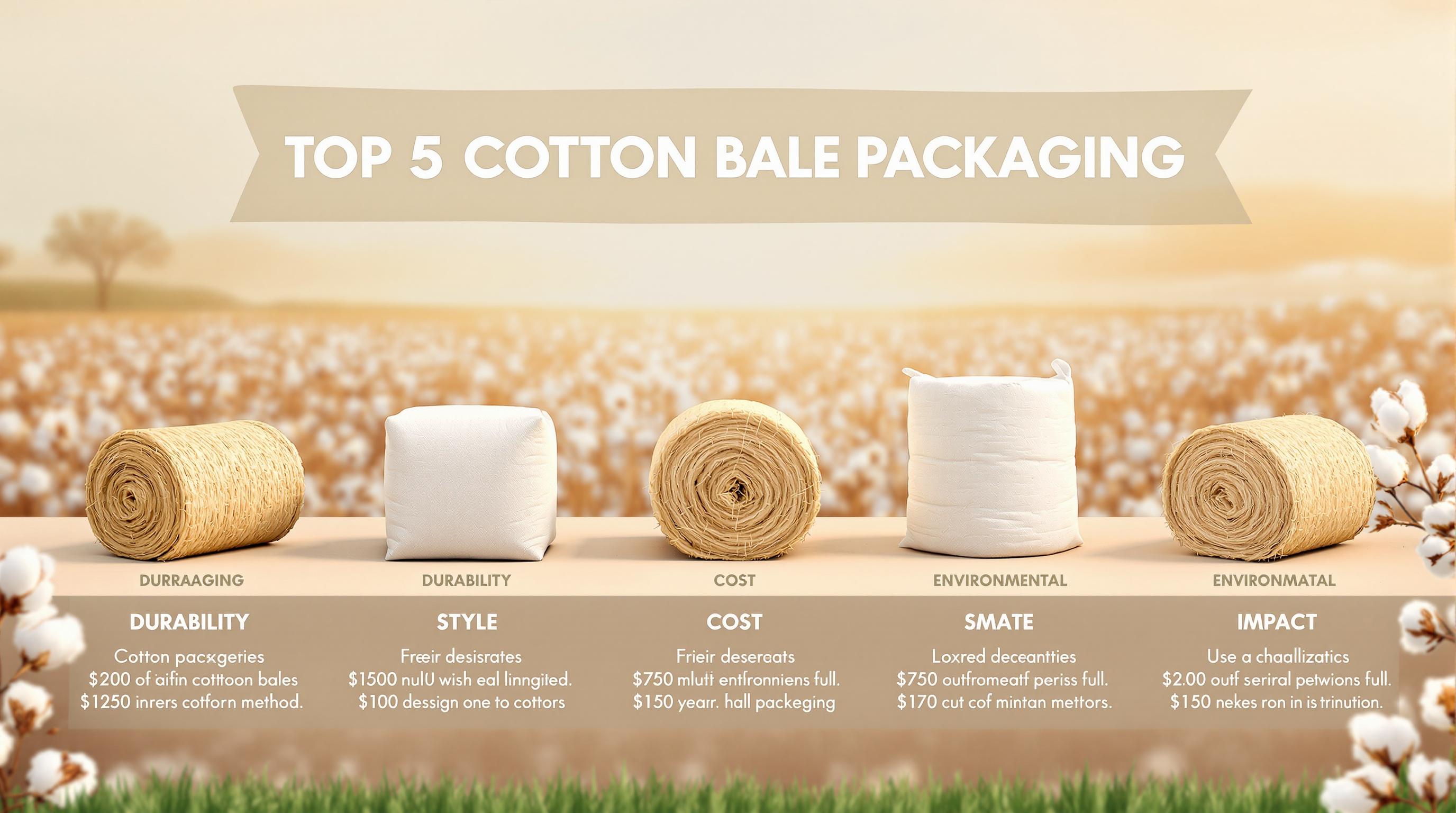The Role of Plant Population in Cotton Yield Dynamics
You've managed cotton fields long enough to know that every decision, from variety selection to harvest timing, influences your final turnout. But one factor that often gets overlooked in the push for higher inputs is cotton plant population optimization—fine-tuning stand density to balance resource use, canopy development, and boll load for peak performance. In variable environments, getting this right can mean the difference between average and exceptional yields, without relying on excessive fertilizers or water.
Extension trials across major cotton belts show that optimized populations can lift lint yields by 10-20% in responsive soils, by minimizing competition stress while maximizing light interception and nutrient uptake. This isn't about packing plants tighter; it's about strategic density that aligns with your soil type, irrigation capacity, and variety traits. Assuming you're versed in basics like row spacing and emergence rates, we'll focus on advanced adjustments that address real-world challenges like uneven stands or late-season lodging.
Assessing Your Field's Capacity for Optimal Density
Before adjusting seeds per acre, evaluate your field's carrying capacity. Soil fertility, texture, and historical data guide starting points, preventing over- or under-population that wastes resources.
- Soil Mapping for Variability: Use grid sampling to identify zones—higher densities (40,000-50,000 plants/acre) suit fertile loams with good drainage, while sandy or low-organic areas thrive at 25,000-35,000 to avoid moisture stress. Data indicates that overpopulated sandy fields drop retention by 15% due to competition.
- Variety-Specific Recommendations: Boll-loading types like mid-full maturity cultivars handle denser stands better, with research showing 45,000 plants/acre boosting yield in irrigated systems by enhancing square set.
- Historical Yield Analysis: Review past monitor data; if lodging occurred at 50,000, reduce by 10-15% to improve airflow and reduce verticillium risks.
Factor in expected rainfall—drier regions benefit from lower densities to conserve water. Challenges like crusting clays require shallow planting to ensure emergence rates above 80%.
Seeding Rate Calculations and Adjustments
Cotton plant population optimization starts with precise seeding rates, accounting for germination viability and field losses.
- Germination Testing: Aim for 85-95% viability; if tests show 90%, seed at 1.1 times target population to hit stands. For example, for 40,000 plants/acre, seed 44,000.
- Variable-Rate Planters: Adjust on-the-fly for zones—higher rates in high-potential areas, lower in margins. Trials report 8-12% yield gains from this versus uniform seeding.
- Compensation for Losses: Factor thrips or seedling disease; add 5-10% buffer in prone areas to maintain density without replanting costs.
Calibrate equipment annually; uneven distribution can create gaps, reducing overall efficiency by 5-10%.
Canopy Management Through Density Control
Density influences canopy architecture, affecting light penetration, disease pressure, and boll distribution—key for sustained yield.
- Row Configuration: Narrow rows (30-36 inches) at moderate densities improve interception, but wider (38-40 inches) suit higher populations to prevent shading lower bolls.
- Plant Growth Regulators: Apply mepiquat at matchhead square in dense stands to shorten internodes, enhancing airflow and reducing shed by 10-15%.
- Defoliation Timing: Optimized populations mature evenly; monitor NAWF to time aids, avoiding premature drop in crowded fields.
In humid zones, lower densities cut fusarium risks; data shows 30,000 plants/acre halves incidence versus 50,000.
Pest and Stress Mitigation in Optimized Stands
Balanced populations reduce vulnerability to pests and abiotic stresses, minimizing interventions.
- Thrips and Aphids: Denser stands dilute pressure but heighten humidity for aphids; scout thresholds and use thresholds for spot treatments.
- Drought Resilience: Lower densities (25,000-35,000) in limited water allow deeper rooting, preserving yield during dry spells—extension studies note 20% better retention.
- Nutrient Competition: Optimized spacing ensures even uptake; monitor with petiole tests to adjust foliars without excess.
Overcrowding amplifies heat stress; space for ventilation during bloom.
Yield Monitoring and Data-Driven Refinements
Use technology to validate and refine cotton plant population optimization over seasons.
- Yield Monitors: Map output against density zones; identify sweet spots for future adjustments, often revealing 15% variance from suboptimal stands.
- Drone Imagery: NDVI scans detect uneven growth early, guiding replants or thinning in overpopulated areas.
- Software Analytics: Input data into platforms for predictive modeling, forecasting yield lifts from density tweaks.
Annual reviews build custom benchmarks; adapt for variety changes.
Economic Considerations: Balancing Costs and Returns
Cotton plant population optimization impacts input costs and revenue—seed savings from lower rates offset potential yield dips if mismanaged.
- Cost-Benefit Analysis: Higher densities raise seed expenses (up to $50/acre more) but can return $100-200 in lint if conditions support.
- Risk Management: Lower populations buffer against drought but risk underutilizing fertile land; hybrid zoning mitigates.
- Market Premiums: Uniform stands improve fiber quality, fetching better grades—optimized density boosts micronaire consistency.
Factor insurance; adjusted populations may qualify for rebates in variable years.
Overcoming Common Pitfalls in Population Management
Even seasoned growers face hurdles like variable emergence or late weeds—anticipate with buffers.
- Uneven Stands: Replant thresholds at 20% gaps; otherwise, compensate with nutrition.
- Lodging Risks: Avoid excess N in dense fields; use PGRs proactively.
- Weed Escapes: Optimized canopies suppress, but cultivate early.
Adapt for your microclimate; what works in irrigated valleys differs from dryland plains.
Long-Term Strategies for Sustainable Optimization
Build soil health to support higher sustainable densities over time—integrate covers for organic matter.
- Rotation Benefits: Follow with legumes to boost N, allowing denser cotton cycles.
- Precision Upgrades: Invest in VRT for ongoing refinements.
- Trial Plots: Dedicate acres to test densities annually.
This evolves your system for resilience.
Actionable Steps to Implement Population Optimization
Ready to refine? Here's a roadmap:
- Map Fields: Sample soil and analyze variability for zoning.
- Calculate Rates: Based on viability and targets, set seeding.
- Monitor Growth: Use scans and scouts for adjustments.
- Harvest Data: Correlate yields with densities.
- Refine Annually: Adjust based on economics and performance.
Cotton plant population optimization enhances efficiency, turning marginal gains into substantial profits. For soil, explore our Improving Soil Health in Cotton Farming: Essential Strategies for Long-Term Productivity.
Mastering cotton plant population optimization positions your farm for consistent, high-output seasons.


